In light of our previous article Miyamoto Musashi, the Way of the Warrior we have been contacted over the years by a number of martial arts enthusiasts wishing to follow in his path and visit the famous sites associated with this master of the sword.
The following itinerary doesn’t follow Musashi’s life in chronological order due to travel logistics. It does however, begin and end at his place of birth and death. The trip begins with a flight to Osaka, Japan. Depending on when flights arrive (day or evening) will dictate on which day the true itinerary begins and should be accredited to Carmelo Lisciotto.
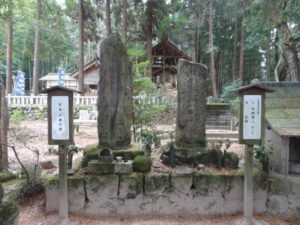 Day 1: Mimasaka
Day 1: Mimasaka
Visit Musashi museum/shrine; believe to be the birthplace of Musashi. (About an hour visit)
Depart Osaka by train [Japan Railways Limited Express operates a train from Osaka to Mimasaka, every 4 hours. Tickets cost $30 – $45 and the journey takes 1 h 37 min.] It is ten minutes on foot from Chizu railroad Miyamoto Musashi Station.
Taxi to Hirafuku – 30 min ride from Mimasaka to Hyogo Sayo-cho in Hirafuku.
At the age of 13 years old, Musashi challenged Kihei Arima who practiced Katori Shinto Ryu. Musashi attacked with a staff, and Kihei defended with a Wakizashi. Masashi threw Kihei to the ground with his hands, and then beat him to death as he tried to get up.
Train to Himeji – (2 hours) dinner and overnight in Himeji
Day 2: Himeji
In his 30’s; Musashi helped in the construction of Akashi Castle and helped organize the layout of the town of Himeji. During his stay, he taught martial arts, particularly kenjutsu and shuriken throwing, and he perfected his Enmei-ryu kenjutsu style.
Visit castle and local sites.
Train to Sekigahara 2.5 hours. (0vernight in Sekigahara town)
Day 3: Battle of Sekigahara
Sekigahara was the biggest, the bloodiest, the most violent and most important of all samurai battles, fought between the factions of a nation divided in two, East and West. 30,000 samurai lost their lives in six hours of fierce fighting on October 21, 1600 when the two great forces clashed on the small plain at Sekigahara.
The day starts at the Sekigahara Town History and Folklore Museum, fine exhibits and detailed information on the battle, its participants and the weapons and armor used.
Musashi fought for the losing Toyotomi in the battle.
Train to Kyoto 1 hour (overnight in Kyoto)
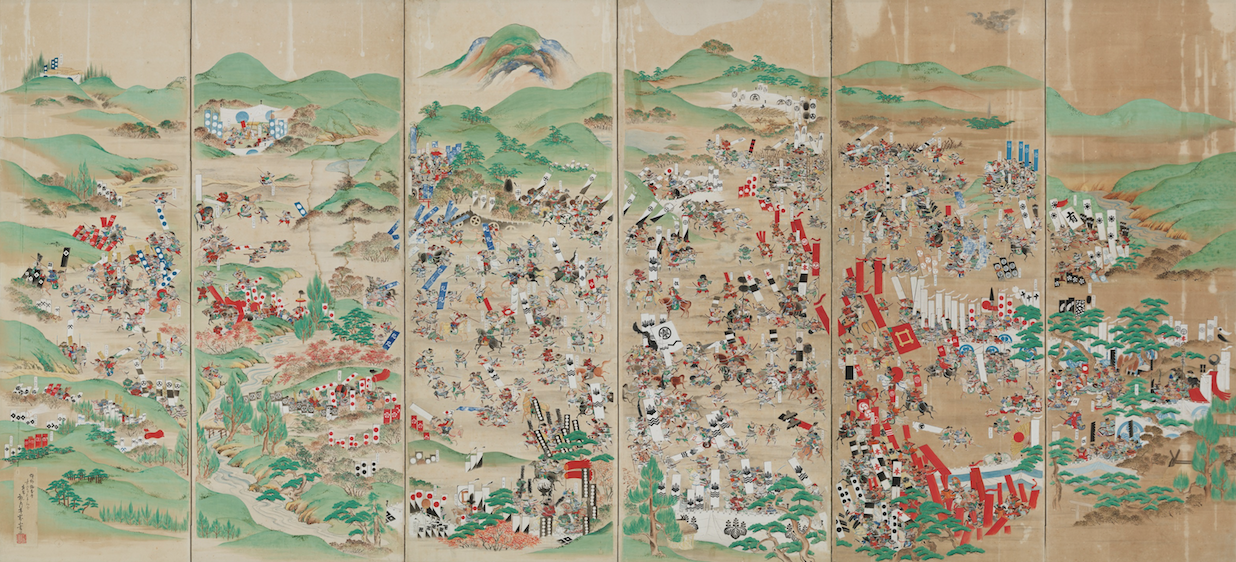
Day 4: Defeat of the Yoshioka
Seijuro Yoshioka – This duel was fought with bokken (wooden sword) and like many instances of one-on-one combat at the time, was not meant to be to the death. Both warriors agreed beforehand that the winner would be declared by a single blow which was promptly administered by Musashi, who broke Seijuro’s arm in the process.
Denshichiro Yoshioka – As the brother of Seijuro, Denshichiro soon challenged Musashi in order to regain honor for his family name. This time the duel would be to the death and as was his custom, Musashi won the fight easily, killing his opponent instantly with a head blow and leaving the reputation of the Yoshioka Ryu in ruins.
Matashichiro Yoshioka – The new head of the Yoshioka Clan challenged Musashi to a night battle at Ichijoji temple, Musashi suspected a trap but accepted anyway. The entire Yoshioka School armed with swords, bows and rifles attempted to ambush Musashi while Matashichiro acted as bait. Musashi then charged Mataschirchiro and cut his head clean off. Surrounded by the boy’s retinue, he then drew his second sword and cut himself a path through the men trying to kill him before escaping into nearby rice fields.
Musashi destroyed the entire Yoshioka School and ended their entire sword style forever.
Visit IchiJoji Temple – Site of duels with the Yoshioka)
Visit Kyoto Imperial Palace -The former residence of the Emperor and the Imperial family of Japan before the move was made to the Tokyo Imperial Palace during the Meiji Restoration in 1869.
Visit any other ad-hoc sites in Kyoto (time permitting).
Day 5: Duel at Ganryo Island
Miyamoto Musashi’s most famous duel was against Sasaki Kojiro, his greatest and most skilled opponent. It was said that Sasaki fought many duels against Japan’s best and never lost.
The two greatest swordsmen agreed to fight, and the duel took place on April 13, 1612 on Ganryu Island, located off the coast of the Bizen Province. The duel was set for early the next morning.
On the day of the fight, Sasaki Kojiro and the officials serving as witnesses waited for Musashi for hours, Miyamoto Musashi was transported to Ganryu Island on boat by a local fisherman, and, as part of his strategy, he arrived late. During the short trip, he sculpted a wooden sword which he used for the duel.
When the boat finally arrived, Sasaki and the officials were standing on the beach waiting for Musashi. Extremely irritated and blinded by rage, Sasaki Kojiro drew his katana and threw away his scabbard. Musashi saw this gesture and said to his enemy.
“If you have no more use for your sheath, you are already dead.”
Musashi provoked Kojiro into making the first attack, and then countered quickly, breaking Kojiro’s left ribs and puncturing his lungs, thus killing him.
Early morning train from Kyoto (4 hrs with ferry to Island and station transfers)
Visit location of Duel on Ganryu Island, then head back to Kokura.
Visit Kokura castle
Train to Kumamoto City (2 hours) overnight in Kumamoto

Day 6: Book of 5 Rings and Death of Musashi
In 1643 Musashi retired to a cave named Reigandō as a hermit to write The Book of Five Rings. He finished it in the second month of 1645. On the twelfth of the fifth month, sensing his impending death, Musashi bequeathed his worldly possessions, after giving his manuscript copy of The Book of Five Rings to his closest disciple. He died in Reigandō cave around June 13, 1645 (Shōhō 3, 30th day of the 4th month).
Samurai Swords Tour (full day) http://www.explore-kumamoto.com/samurai-swords-tour/ Contact: explorekumamoto@gmail.com
Visit Matsunaga Genroku sensei – a master swordsmith in the city of Arao, watch and learn how a traditional samurai sword is made from iron smelting to the finished blade. You will also have the chance to try hammering out a piece of red hot steel. You will then watch a display of ‘tameshigiri’ cutting techniques by Mr Matsunaga’s students.
Tour includes visit to Reigando cave.
Train to Osaka.
End of formal Itinerary
For further information on this itinerary contact us at info@studymartialarts.org

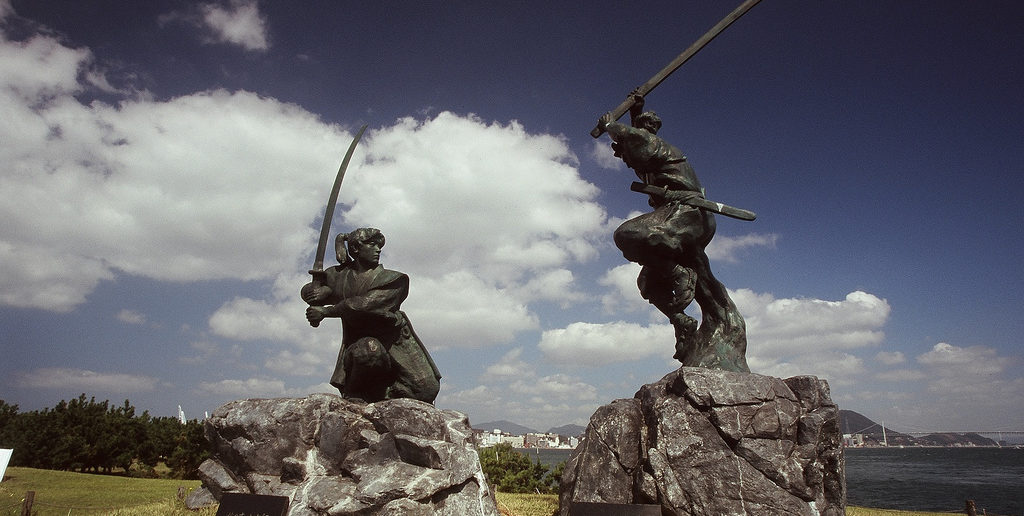

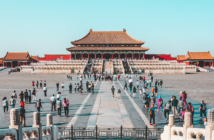
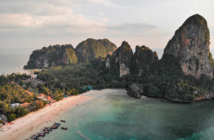
1 Comment
I think I just have been told about this issue at job 2 days ago by a friend, but at that time it didnt caugh my attention.